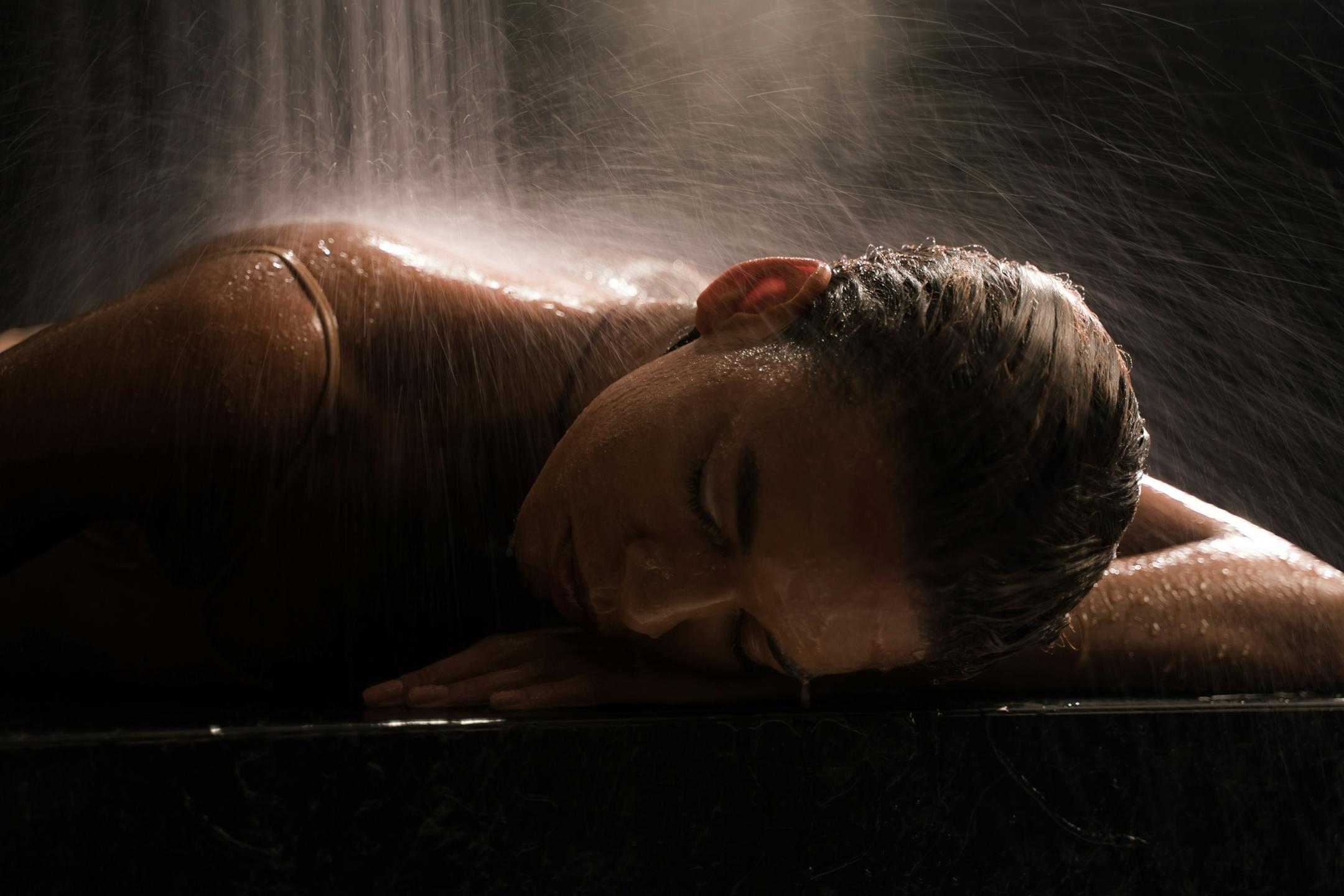
A good massage can leave you feeling lighter, calmer, and more connected to your body. But what happens after you leave the table? That sense of ease can start to fade—unless you take steps to support it. The truth is, what you do after your session matters just as much as the massage itself.
If you're getting massage in Bergen County and want the benefits to last longer, you don't need anything fancy. You just need a few simple habits that support your body’s natural healing.
Here’s how to keep that relaxed, open feeling going—hours, and even days, after your treatment.
Massage supports your lymphatic system, which moves waste and fluid through your body. That process speeds up after deep bodywork or myofascial release. If you don’t hydrate properly, you can feel sluggish or sore.
What to do:
Drink a full glass of water right after your massage. Then keep sipping throughout the day. Aim for clear or light yellow urine. Skip sugary drinks and alcohol, which dehydrate you.
Tip: Add lemon or cucumber if plain water feels boring. Herbal teas also help.
After a massage, your body is realigning itself. Muscles that were tight are lengthening. Fascia is releasing. You might feel looser than usual. But lying still too long afterward can cause tension to come back.
What to do:
Take a slow walk later in the day. Stretch your arms, back, or legs gently. Movement helps your nervous system reset and supports circulation.
If you got deep myofascial work or skeletal integration, ask your therapist for specific post-treatment movements.
Stretching helps maintain the openness you feel after bodywork. But it needs to be mindful—not forceful.
What to do:
Focus on areas your massage therapist worked on. Breathe deeply and go slow. Hold each stretch for 15–30 seconds, then release. Stay within a comfortable range—don’t “push through” tightness.
Good post-massage stretches:
Massage shifts your nervous system into a more relaxed state. You might feel drowsy, spaced out, or emotional afterward. That’s your body processing the change.
What to do:
If possible, avoid screens, loud environments, or intense conversations right after. Give yourself some quiet time. Read, rest, or just sit outside.
This downtime helps your body lock in the changes. Even 20–30 minutes makes a difference.
Sometimes your body continues to release tension a few hours after the session. You might feel some soreness—that’s normal.
What to do:
Try a warm bath with Epsom salts, or apply a heating pad to any sore spots. Magnesium helps relax muscles and ease inflammation.
Note: Avoid ice unless your therapist specifically recommends it for injury support.
Massage isn’t just physical. It can bring up emotions, memories, or thoughts that surprise you. That’s not random—your body stores experiences, and massage can help release them.
What to do:
Take a moment to journal what you noticed. Were there areas that held more tension than you expected? Did your breathing change during the session? Noticing these details helps you track your healing.
Massage is more effective when it’s part of an ongoing process. That doesn’t mean you need one every week. But what you do between sessions helps your body stay open and balanced.
What to do:
At Amla Healing Arts, we offer more than just massage in Bergen County. Misty Kammarada, L.Ac., is a certified bodywork therapist and licensed acupuncturist who specializes in pain, injury, and whole-body healing. Her approach blends acupuncture, deep myofascial release, skeletal integration, and intuitive energy work to support long-term change—not just short-term relief.
Your body will give you feedback after a session. Maybe you sleep more deeply, feel extra thirsty, or notice a wave of emotion. That’s part of your system integrating the work.
What to do:
Pay attention. If something feels off—or surprisingly good—note it. This helps you and your therapist adjust future sessions for better results.
Whether you're seeking massage in Bergen County for stress relief, injury recovery, or long-term pain management, the most important thing is consistency and self-awareness. A single session can create change—but it’s what you do afterward that helps the change stick.
Hydrate. Move gently. Reflect. Give yourself space. And when you’re ready for your next appointment, come back with questions, observations, and goals. That’s how we build momentum in your healing.
If you’re in River Edge or anywhere in Bergen County and want support with pain, stress, or injury, we’re here to help.
Here’s what to do next: